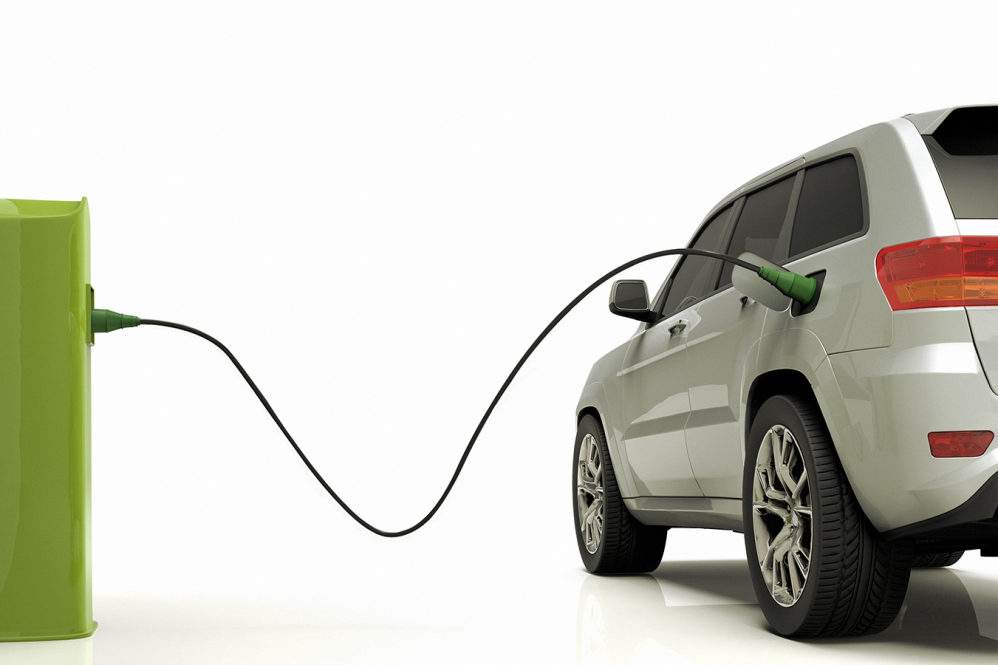In this time when technology and sustainability are progressively merging, electric vehicles are attracting considerable notice. These vehicles are more than just sustainable means of transit; they represent a leap forward, moving us into the sphere of advanced technology.
As you immerse yourself in the intricacies of electric vehicles (EV), one indispensable component that serves as the heart of this machinery is the EV charger. Mastering its dynamics, including its installation, usage, and even repair, can at first feel like an ordeal. However, with appropriate guidance and a deeper understanding, clarity starts to surface, and these tasks become less daunting and overall more simplistic.

Knowledge becomes your most valuable tool in this journey, empowering you to take full advantage of the benefits EVs offer while minimizing any potential challenges. This dedicated exploration thus assists in making you an informed and confident participant in the world of sustainable transportation.
The Rising Trend of EVs
Electric vehicles are zipping past the stage of being unusual road sightings. Their robust presence spreads fast globally as they ride to dominance. Charging stations now dot parking lots, hinting at a shift in automotive norms.
The world’s pressing need to reduce carbon footprints, coupled with innovations in battery technology, is fuelling a skyrocketing demand for EVs, driving them swiftly from the fringe straight into the mainstream. In this framework, understanding the basics and importance of EV charger installation and repair becomes vital.
NOTE: The event below, Arts Alive 25, was held on September 8, 2023.

Defining EV Chargers
Before we venture deeper, it’s crucial you grasp what an EV charger represents. Simplistically explained it’s an apparatus supplying electric power to recharge your electric vehicle’s battery. Think of it as your personal fuel station—residing comfortably in your home or workplace—providing a regular parking location with a dual purpose, transforming it into a recharging hub for your EV while it stands idle.
Importance of Proper Installation
The way an EV charger is installed directly affects its safety and efficiency of operation. While charging stations are designed with numerous built-in safety features, an incorrectly installed charger could pose risk factors such as electricity leakage or damage due to bad weather conditions. A properly fitted charger ensures optimal performance while also extending its lifespan.
Different Types of EV Chargers
As you explore options for setting up a home charging infrastructure for your electric vehicle or consider upgrades for commercial setups, you’ll stumble upon three types – Level 1, Level 2, and DC Fast chargers. Your choice depends on factors like how quickly you want your batteries charged and how much you’re willing to spend on installation costs.

Choosing the Right EV Charger
When buying your own charging station, consider how often and how fast you’ll need to charge your vehicle at home or work place. If you plan to do most charging overnight or use your vehicle primarily for short trips around town, a Level 1 charger should suffice. But if your journey includes medium to long-distance commuting or constant use throughout the day, then opt for a Level 2 charger.
Installation Process Overview
Installing an efficient charging station requires careful planning and execution. The process involves selecting a suitable location that’s safe from water splashes or rain exposures yet near enough to your vehicle park location. Then comes mounting unit hardware installation, followed by electrical wiring setup.
Safety Measures During Installation
Ensure utmost safety during installation by switching off all power before starting any work. Use only high-quality materials for wiring and circuit breakers that align with local electrical codes. Always have protection gear on when handling wiring or drilling tasks to prevent accidental injuries.

Common Challenges in Installation
Potentially cumbersome tasks include managing permit procurement from local authorities if required or adjusting existing wiring circuits if inadequate for fitting chargers. Dealing with hard-wired units might pose difficulties as they require professional help for secure fitting on walls or pedestal stands.
Preliminary Troubleshooting Techniques
If any issues arise post-installation—be it slower charging speeds than expected or no power supply upon plugging—timely detection is crucial. Begin by checking simpler possibilities like incorrect plugging-in method or discrepancies in user settings on apps interfacing with chargers before taking any major reuniting steps.
Regular Maintenance and Repair
Routine checks on connection points for any fraying signs can keep sudden breakdowns at bay by early detection of issues possibly arising from regular usage over time, like natural wear-and-tear or weather impacts on external hardware units due to moisture absorption.

Repair Process Overview
If faults persist despite initial troubleshooting steps taken from end-user guidelines provided by manufacturers, then there’s potential need for professional help to avoid irreversible damage by incorrect handling due to lack of technical knowledge about internal mechanics of these units.
Conclusion: Future of EV Charging
As electric vehicles drive towards mainstream adoption, gifted by their green credentials and technological appeal, demand for user-friendly car charging infrastructure will rise in parallel. For users like yourself, adept with insights into adequate installation processes complemented by understanding necessary repair mechanisms, enable smooth functioning of these innovative gadgets allowing for convenient everyday usage extending electric rides’ durability ensuring sustained utility value over time.

















































